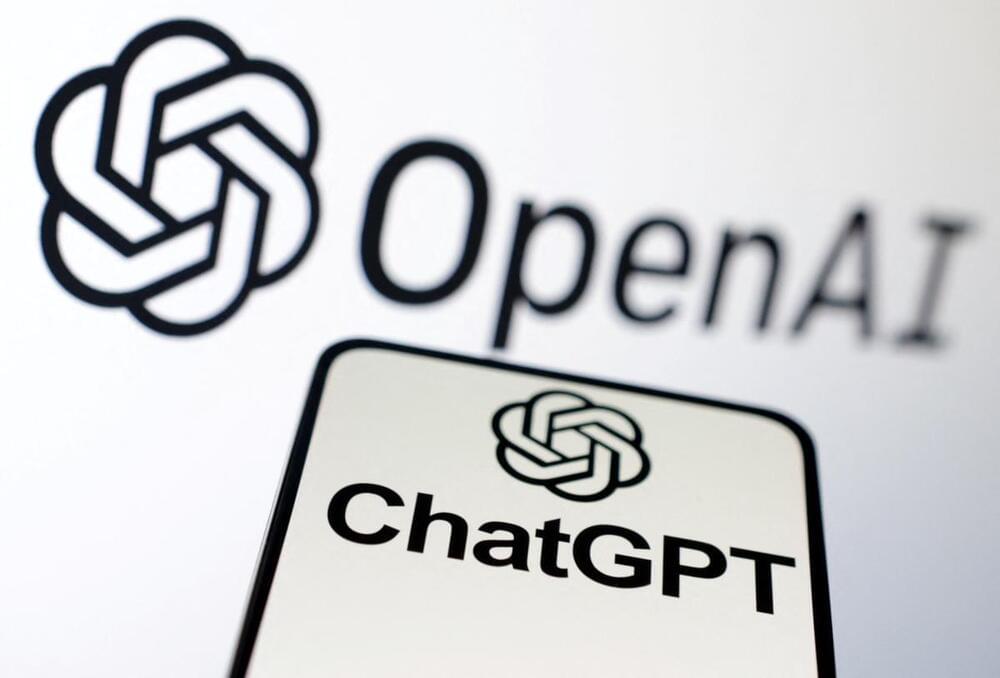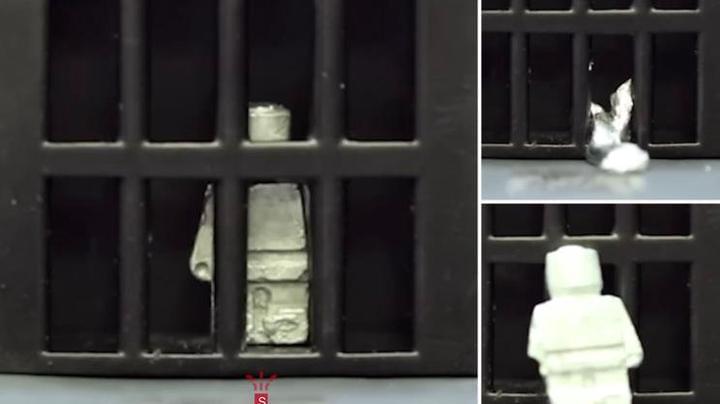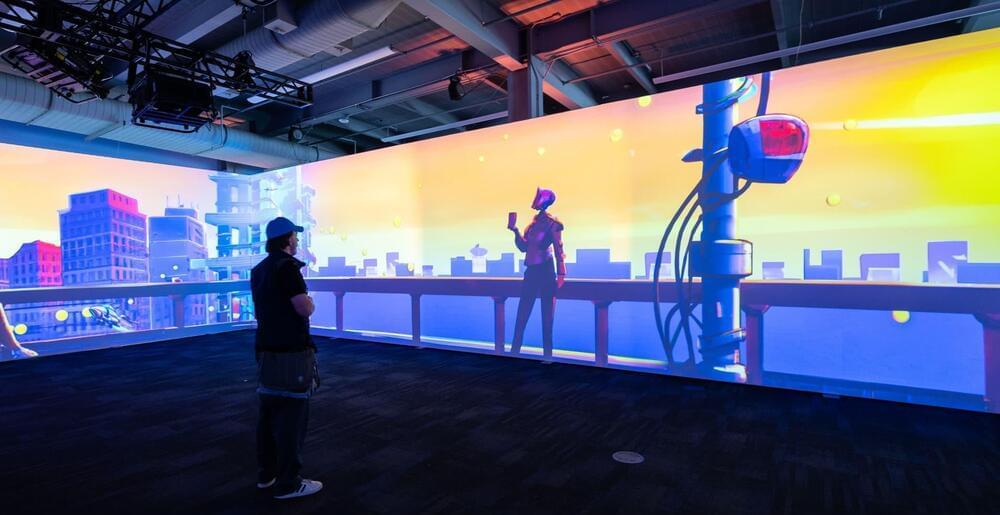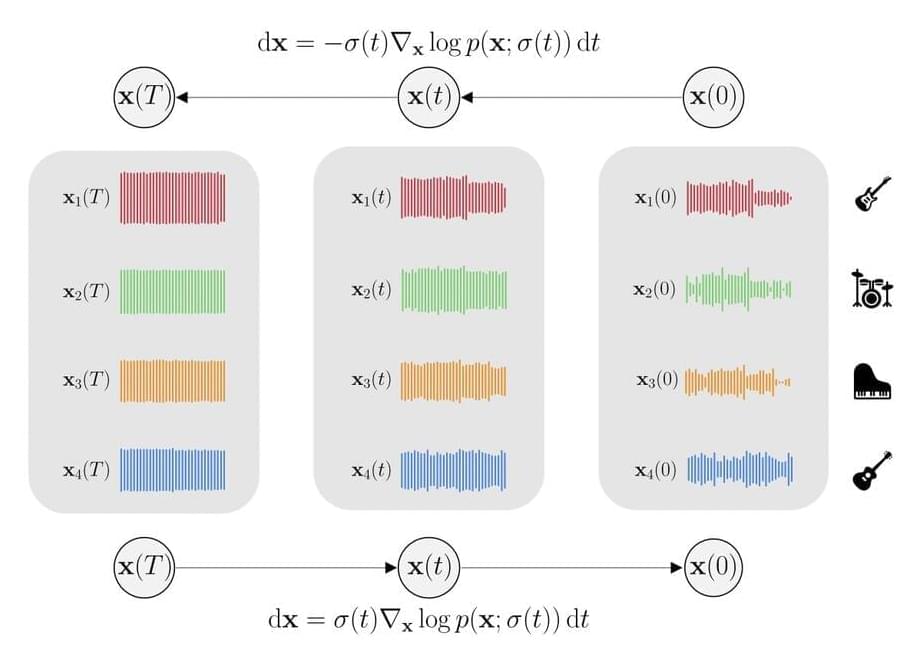This video will aim to provide detailed information regarding the use of robots in healthcare, specifically the surgical robots. The video consists of 4 subtopics: history of surgical procedure, introduction to surgical robots, the da Vinci surgical system with Dr. Yasufuku’s interview and robotics in remote healthcare and future advancement. The full-length of the interview will be posted on the Demystifying Medicine Soundcloud account and as a YouTube Podcast. For more information regarding the Da Vinci Surgical System, please visit https://www.davincisurgery.com/about-us/privacy-policy. (The animation of Da Vinci Surgical System during the News section was used with permission from Intuitive.)
Finally, we would like to thank Dr. Kazuhiro Yasufuku for his time and contribution to our video through his excellent interview. For those who are interested to learn more about his research, please visit https://www.yasufukuresearch.com/.
The video was made by McMaster students Allan Li, Gurkaran Chhaggar, Mateo Newbery Orrantia, and Nadia Mohammed in collaboration with Dr. Yasufuku and the McMaster Demystifying Medicine Program.
Copyright McMaster University 2021
References:
Astra Laparoscopic & Robotic Centre for Women and Fertility. (n.d.). Robotic surgery.






